Python Delete File If Exists
Introduction:
In Python programming language, there are times when we need to delete a file if it exists. This article will discuss various methods and techniques to achieve this task efficiently. We will cover topics such as importing the required modules, checking if the file exists, deleting the file if it exists, handling file permissions or errors, using try-except blocks, deleting directories and subdirectories, deleting files without checking existence, and summarizing the key points. Let’s dive in!
Importing the Required Modules:
Before we proceed with deleting a file, we need to import the necessary modules in Python. The two main modules we will be using are os and shutil. The os module provides a way to interact with the operating system, while the shutil module allows us to perform high-level file operations.
To import these modules, you can use the following code:
“`
import os
import shutil
“`
Checking If the File Exists:
To delete a file, we need to first check if it exists or not. We can use the os.path module to check the existence of a file in Python. The os.path.exists() function returns True if the file exists, else it returns False.
Here’s an example of how to check if a file exists:
“`python
if os.path.exists(file_path):
print(“File exists”)
else:
print(“File does not exist”)
“`
Deleting the File If It Exists:
Once we have confirmed that the file exists, we can proceed with deleting it. The os.remove() function in Python allows us to delete a file. We pass the file path to this function as an argument.
Here’s an example of how to delete a file if it exists:
“`python
if os.path.exists(file_path):
os.remove(file_path)
print(“File deleted”)
else:
print(“File does not exist”)
“`
Handling File Permissions or Errors:
Sometimes, when we attempt to delete a file, we may encounter file permissions or errors. To handle such situations, we can use the os module’s os.chmod() function to change the file permissions before deleting it.
Here’s an example of how to handle file permissions or errors before deleting a file:
“`python
if os.path.exists(file_path):
os.chmod(file_path, 0o777) # Change file permissions
os.remove(file_path)
print(“File deleted”)
else:
print(“File does not exist”)
“`
Alternative Approach: Using Try-Except Block:
Another approach to handling file deletion is by using a try-except block. This method helps us catch any exceptions that may occur during file deletion, such as file not found or permission denied errors.
Here’s an example of how to delete a file using a try-except block:
“`python
try:
os.remove(file_path)
print(“File deleted”)
except OSError as e:
print(f”Error: {e.filename} – {e.strerror}”)
“`
Deleting Directories and Subdirectories:
In addition to deleting files, we may also need to delete directories and subdirectories in Python. The os module provides the os.rmdir() function to delete an empty directory and the shutil.rmtree() function to remove directories and their contents recursively.
Here’s an example of how to delete a directory and its contents:
“`python
if os.path.exists(dir_path):
shutil.rmtree(dir_path)
print(“Directory deleted”)
else:
print(“Directory does not exist”)
“`
Deleting Files Without Checking Existence:
If you are confident that the file exists and there is no need to check its existence, you can directly use the os.remove() function to delete the file. However, it is always recommended to check if the file exists before deleting it to avoid any unexpected errors.
Summary of Key Points:
To summarize, deleting a file if it exists in Python can be achieved by following these steps:
1. Import the required modules: os and shutil.
2. Check if the file exists using os.path.exists() function.
3. Delete the file using os.remove() function.
4. Handle file permissions or errors using os.chmod() or try-except blocks.
5. Use os.rmdir() or shutil.rmtree() functions to delete directories and subdirectories.
6. Always check the existence of a file before deleting it to avoid errors.
In conclusion, deleting a file if it exists in Python is a straightforward task with the help of the os and shutil modules. By following the methods and techniques discussed in this article, you can efficiently delete files and directories in your Python programs.
FAQs:
1. What happens if the file does not exist?
If the file does not exist, the program will not throw any errors, and it will display a message stating that the file does not exist.
2. How to delete all files in a folder?
To delete all files in a folder, you can use the os.listdir() function to get a list of all files in the folder. Then, iterate over the list and delete each file using the os.remove() function.
3. Can I move a file instead of deleting it?
Yes, you can move a file to a different location instead of deleting it. The shutil module provides the shutil.move() function to move files. You can specify the source file path and the destination file path to move the file.
4. Are there any precautions to consider before deleting files or directories?
Yes, it is crucial to ensure that you have the necessary permissions to delete files or directories. Make sure to handle any file permissions or errors that may occur during deletion. Additionally, always check if the file or directory exists before deleting it.
5. What is the difference between os.remove() and os.unlink() functions?
There is no difference between the os.remove() and os.unlink() functions in terms of functionality. Both functions are used to delete a file in Python.
Remember to always exercise caution when deleting files or directories, as the action is irreversible.
File Delete In Python| File Exists In Python |Os.Remove ,Os.Path.Exists And Os.Listdir In Python
Keywords searched by users: python delete file if exists Python os remove if exists, Shutil remove file, Python delete directory if exists, Remove file Python, Remove all file in folder Python, Python move file, Delete folder Python, Check file exist Python
Categories: Top 15 Python Delete File If Exists
See more here: nhanvietluanvan.com
Python Os Remove If Exists
Introduction:
Python is a versatile and widely-used programming language that offers a comprehensive library, including the os module. The os module provides a way to interact with the underlying operating system and perform various operations, such as file and directory management. One of the frequently used functions in the os module is “os.remove()”. In this article, we will delve into the usage of “os.remove()” and explore how it can be utilized to remove files and directories, with a particular focus on removing them only if they exist.
Understanding os.remove():
The “os.remove()” function in Python is used to delete a file. The function takes a single argument, which is the path to the file that needs to be deleted. If the file exists, it will be removed from the system, and if it doesn’t exist, it will raise a FileNotFoundError.
However, there may be cases where you want to remove a file only if it exists, in order to avoid any potential errors. To tackle such scenarios, a common approach is to use the os.path.exists() function before invoking os.remove(). The os.path.exists() function checks whether a file or directory exists at the specified path and returns True if it does, and False otherwise. This way, you can ensure that the file exists before attempting to remove it.
Here’s an example that demonstrates the usage of os.path.exists() before os.remove():
import os
file_path = “path/to/file.txt”
if os.path.exists(file_path):
os.remove(file_path)
print(“File removed successfully.”)
else:
print(“File does not exist.”)
By using os.path.exists(), we first check if the file exists. If it does, we proceed with the deletion using os.remove(), and if it doesn’t, we display a relevant message. This methodology helps avoid exceptions and ensures the smooth execution of the code.
Removing Directories:
Python’s os module not only enables file deletion but also provides the capability to remove directories. To remove a directory, you can use the function “os.rmdir()”, which accepts the path to the directory as its argument. Similarly, to remove a directory only if it exists, you can employ the os.path.exists() function followed by os.rmdir().
Consider the following example:
import os
dir_path = “path/to/directory”
if os.path.exists(dir_path):
os.rmdir(dir_path)
print(“Directory removed successfully.”)
else:
print(“Directory does not exist.”)
In this example, we check if the directory exists using os.path.exists(). If it exists, we remove it using os.rmdir(), and if it doesn’t exist, we display an appropriate message.
FAQs:
Q1: What happens if I try to remove a file that doesn’t exist without using os.path.exists()?
If you attempt to remove a file that doesn’t exist without using os.path.exists(), Python will raise a FileNotFoundError. To avoid this error, it is recommended to use os.path.exists() to check for file existence before invoking os.remove().
Q2: Can I use wildcards with os.remove()?
No, you cannot use wildcards with os.remove(). The function expects a specific file path as an argument. If you want to remove multiple files that match a specific pattern, you can consider using functions like glob.glob() or os.scandir() to obtain the list of files matching your criteria, and then iterate through the list using os.remove() to delete them one by one.
Q3: How can I remove a non-empty directory?
The os.rmdir() function can only remove empty directories. If you want to remove a non-empty directory, you need to use the function “shutil.rmtree()” available in the shutil module. This function recursively removes all files and subdirectories within the specified directory.
Q4: Is it possible to recover a file after using os.remove()?
No, once a file is removed using os.remove(), it cannot be recovered directly. Therefore, it is advised to exercise caution while deleting files programmatically.
Q5: What alternative functions can be used instead of os.path.exists()?
Instead of os.path.exists(), you can use os.path.isfile() to specifically check if a given path points to a file, or os.path.isdir() to check if a path corresponds to a directory.
Conclusion:
In this article, we explored the usage of Python’s os.remove() function to delete files and directories. We also learned how to remove files and directories using os.remove() only if they exist, by employing os.path.exists() to check for existence beforehand. Additionally, we discussed the limitations of os.remove() in handling non-empty directories and provided insights into alternative functions and modules that can be used for similar operations. By effectively utilizing these functions, you can efficiently manage file and directory removals in your Python applications.
Shutil Remove File
Introduction:
The Shutil remove file function is a powerful tool in Python programming that enables users to delete files from the system. Developed by the Python’s built-in module, shutil, this functionality offers a convenient and efficient way to manage files within a script. In this article, we will delve into the intricacies of the Shutil remove file function, explore its usage, syntax, and options, and provide a comprehensive guide to help you master this essential feature.
Understanding the Shutil Remove File Function:
The Shutil remove file function, also known as the shutil.remove() function, allows us to delete files from the file system. With this functionality, developers can easily remove files from any location on the disk by simply providing the file’s path as a parameter to the function.
Syntax:
The syntax for the Shutil remove file function is as follows:
shutil.remove(path, *, missing_ok=False)
– ‘path’ denotes the path of the file to be removed.
– ‘missing_ok’ is an optional parameter that determines whether the function raises an exception when the file does not exist. By default, it is set to False, enabling the function to raise a FileNotFoundError if the file is not found.
Usage and Examples:
Let’s examine a few examples to understand the usage of the Shutil remove file function:
1. Deleting a single file:
import shutil
path = “path/to/file.txt”
shutil.remove(path)
In this example, the file.txt located at the given path will be removed using the shutil.remove() function.
2. Deleting multiple files:
import shutil
files = [“path/to/file1.txt”, “path/to/file2.txt”, “path/to/file3.txt”]
for file in files:
shutil.remove(file)
Here, a list of files is passed to the for loop, which sequentially removes each file using the shutil.remove() function.
3. Ignoring missing files:
import shutil
path = “path/to/missing_file.txt”
shutil.remove(path, missing_ok=True)
In this example, the missing_ok parameter is set to True, indicating that the function should not raise any error even if the specified file is missing.
Please note that using this function will result in permanent deletion of the file, and no confirmation prompt will appear. Therefore, it’s crucial to double-check the code before running it to avoid unintentional deletion.
FAQs:
Q1. What happens if the specified file does not exist?
If the Shutil remove file function does not find the specified file during execution, it will raise a FileNotFoundError by default. However, you can set the missing_ok parameter to True, which will make the function silently ignore the absence of the file and not raise an exception.
Q2. Can the Shutil remove file function delete directories?
No, the shutil.remove() function is solely intended for deleting files and does not support removing directories. If you want to delete directories, you can use the shutil.rmtree() function, which recursively removes both directories and files within them.
Q3. Is there a way to delete multiple files in one go using the Shutil remove file function?
Yes, you can delete multiple files by iterating over a list of file paths and using the shutil.remove() function within a loop. This allows for convenient and efficient deletion of multiple files with a single script execution.
Q4. How can I retrieve deleted files using the Shutil remove file function?
Unfortunately, once a file has been deleted using the shutil.remove() function, it is permanently removed from the file system. Therefore, it is important to exercise caution while using this function, as it does not provide a means to recover deleted files.
Conclusion:
The Shutil remove file function is a valuable tool for managing files during Python programming. It enables developers to easily delete specific files from the file system, offering convenience and flexibility in file management tasks. This article has provided a comprehensive overview of the Shutil remove file function, its syntax, usage examples, and important considerations. By mastering this functionality, you can confidently manipulate files in your Python scripts, improving the efficiency and effectiveness of your programming endeavors.
Python Delete Directory If Exists
In Python, deleting a directory can be essential for various tasks, from managing file storage to updating a project’s file structure. However, before deleting a directory, it is crucial to check if it exists. In this article, we will delve into the process of deleting a directory using Python, examine different scenarios, and address common questions in our FAQ section.
## Checking the Existence of a Directory
Before attempting to delete a directory, the first step is to ensure that it exists. Python provides a straightforward way to check directory existence using the `os.path.exists()` function. Let’s explore a code snippet that demonstrates this:
“`python
import os
directory_path = “/path/to/directory”
if os.path.exists(directory_path):
print(“Directory exists!”)
else:
print(“Directory does not exist!”)
“`
By passing the directory’s path to the `os.path.exists()` function, we can evaluate whether the directory exists or not. If it does exist, a corresponding message will be printed accordingly.
## Deleting a Directory
Once we have confirmed that a directory exists, we can proceed with its deletion. Python offers the `os.rmdir()` function, which removes an empty directory. Here’s an example illustrating the usage:
“`python
import os
directory_path = “/path/to/directory”
if os.path.exists(directory_path):
os.rmdir(directory_path)
print(“Directory deleted successfully!”)
else:
print(“Directory does not exist!”)
“`
By calling `os.rmdir()` on the directory’s path, we can delete the directory if it exists. If the directory is not empty, a `PermissionError` will be raised. Therefore, it is essential to ensure that the directory is empty before executing the deletion process.
## Deleting a Directory and its Contents
In scenarios where we need to delete a directory along with its contents, Python provides the `shutil.rmtree()` function. This function recursively deletes a directory’s contents, including subdirectories and files. Here’s an example showcasing its usage:
“`python
import shutil
directory_path = “/path/to/directory”
if os.path.exists(directory_path):
shutil.rmtree(directory_path)
print(“Directory and its contents deleted successfully!”)
else:
print(“Directory does not exist!”)
“`
By executing `shutil.rmtree(directory_path)`, Python will delete the directory and all its contents. It is essential to be cautious when using this method as it permanently removes all files and subdirectories within the directory.
## Handling Exceptions
When removing directories programmatically, it is crucial to handle potential exceptions gracefully. The two common exceptions we may encounter are:
1. `PermissionError`: This exception occurs when we do not have adequate permissions to delete the directory. To handle this exception, we can use a `try-except` block as shown below:
“`python
import os
directory_path = “/path/to/directory”
try:
os.rmdir(directory_path)
print(“Directory deleted successfully!”)
except PermissionError:
print(“Permission denied. Unable to delete directory!”)
except FileNotFoundError:
print(“Directory does not exist!”)
“`
2. `FileNotFoundError`: This exception arises when the directory does not exist. It usually occurs if the path specified is incorrect. To handle this exception, we can modify our code as follows:
## FAQs
**Q1: Can I recover a deleted directory using Python?**
A1: Unfortunately, Python does not provide native functions for directory recovery. However, if you have a backup, it is possible to restore the directory using external tools or by replicating the backup programmatically.
**Q2: What happens if I delete a non-empty directory using `os.rmdir()`?**
A2: The `os.rmdir()` function raises a `PermissionError` if the directory is not empty since it can only delete empty directories. In this case, it is recommended to use `shutil.rmtree()` to remove the directory and all its contents.
**Q3: Is it possible to delete a directory across different operating systems using Python?**
A3: Yes, the provided Python functions for directory deletion are platform-independent. They work seamlessly across various operating systems, including Windows, Linux, and macOS.
**Q4: How can I handle other exceptions when deleting directories?**
A4: Apart from `PermissionError` and `FileNotFoundError`, there can be other exceptions related to file access, such as `OSError`. To handle them, you can extend the code by adding an additional `except` block to capture specific exceptions and implement appropriate error handling.
## Conclusion
Deleting a directory in Python can be a simple yet critical task when dealing with file management or project maintenance. By ensuring directory existence and using the appropriate functions, such as `os.rmdir()` or `shutil.rmtree()`, you can seamlessly delete directories based on specific requirements. Remember to handle exceptions gracefully to avoid unexpected errors.
Images related to the topic python delete file if exists
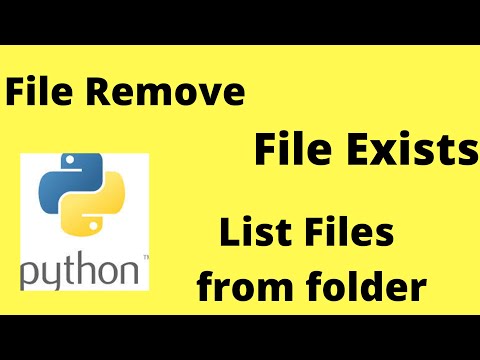
Found 33 images related to python delete file if exists theme
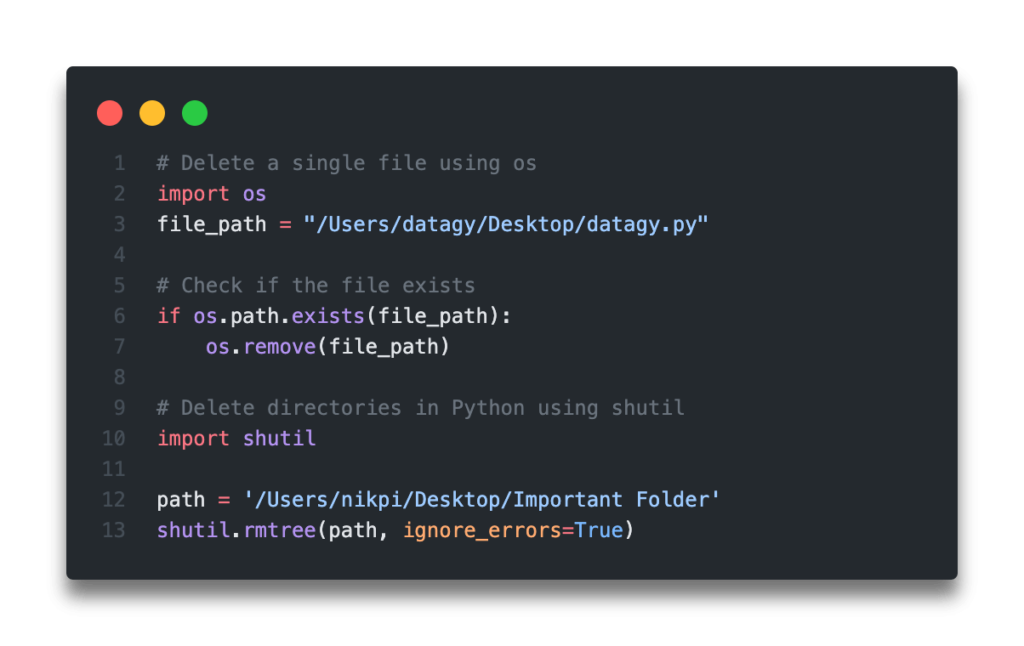

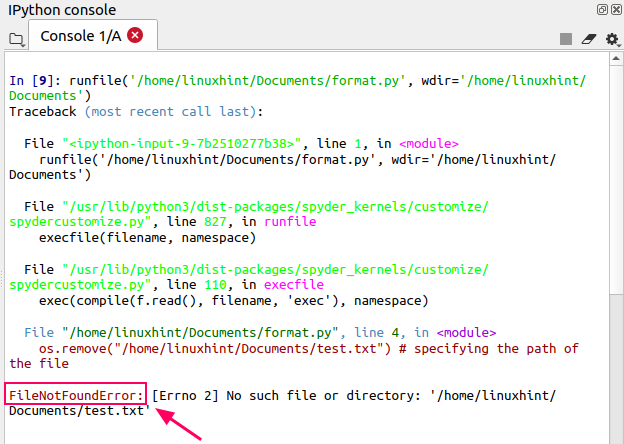

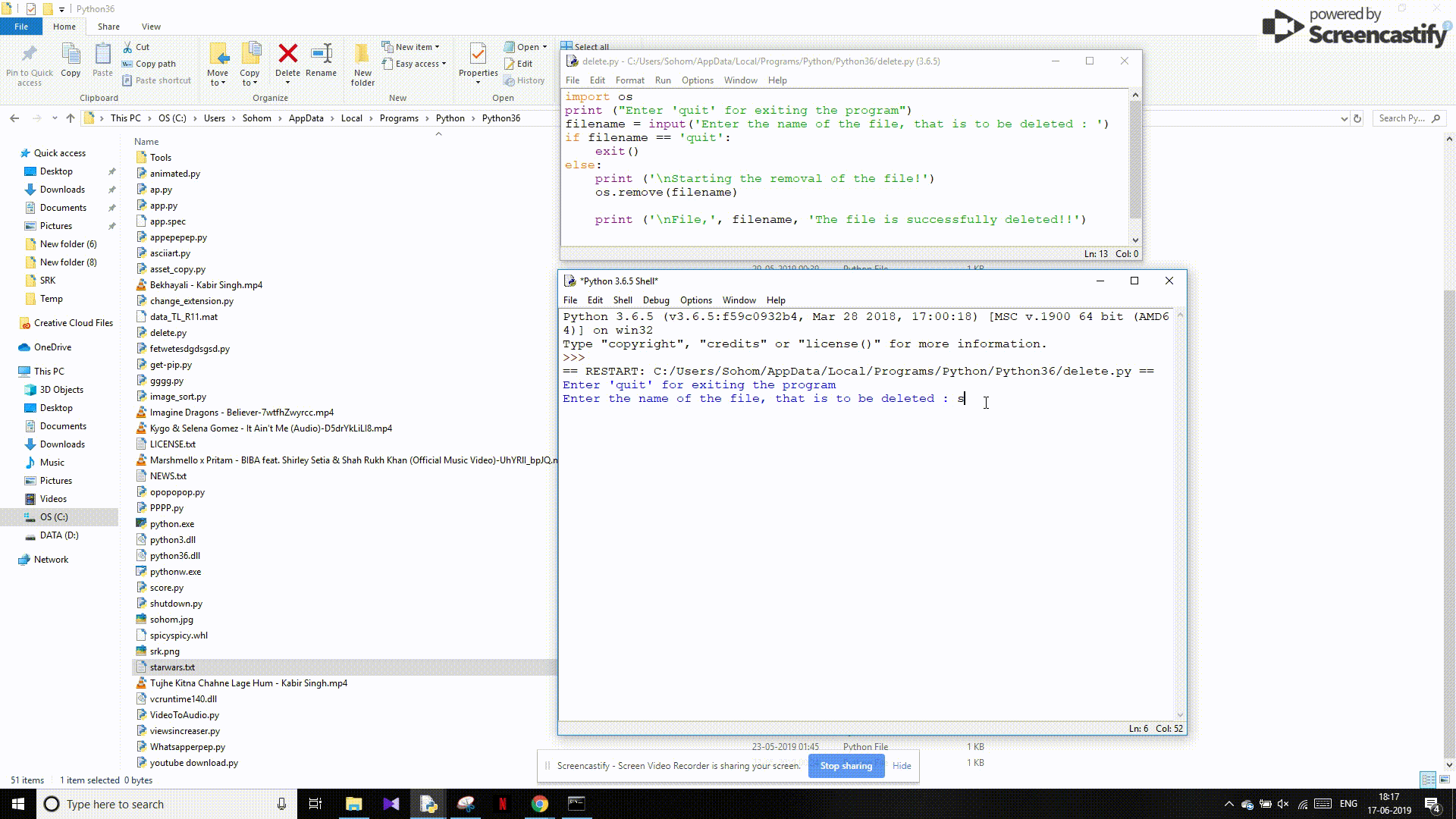
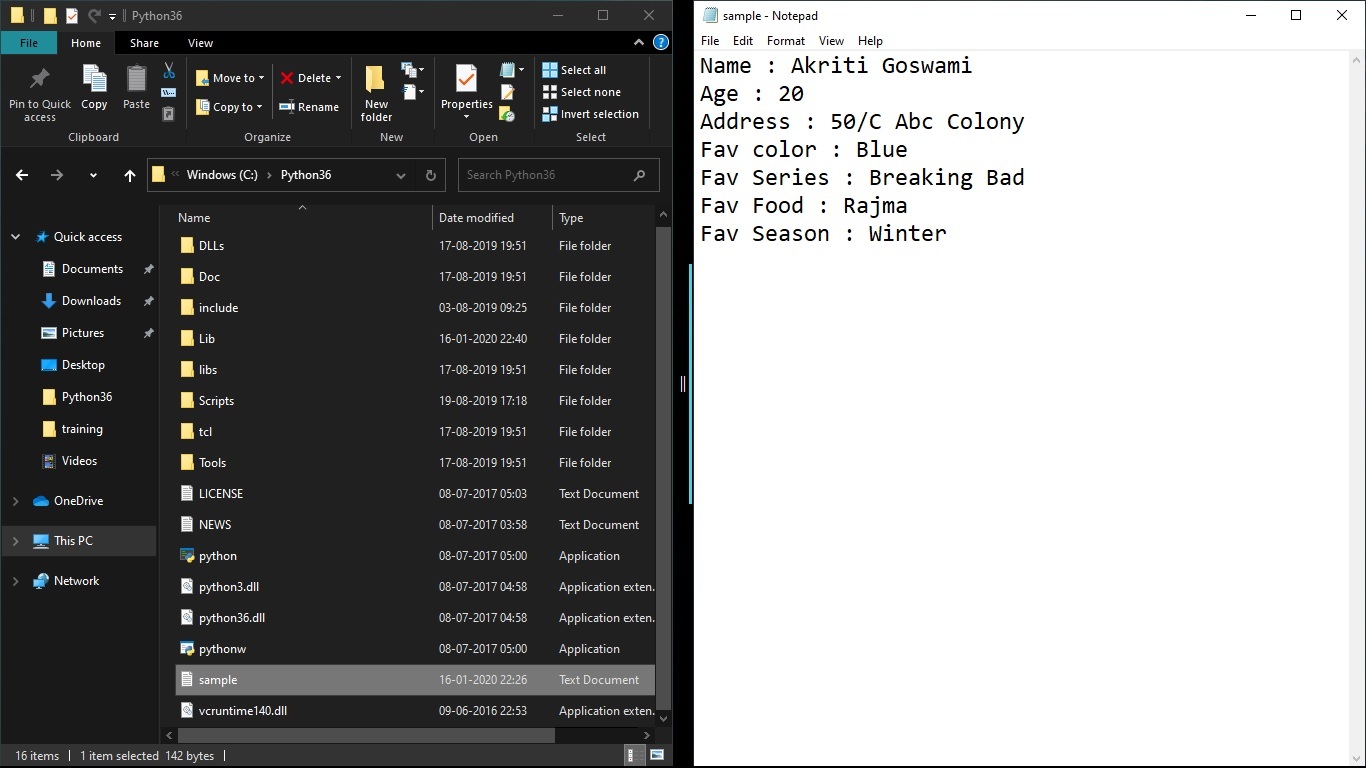
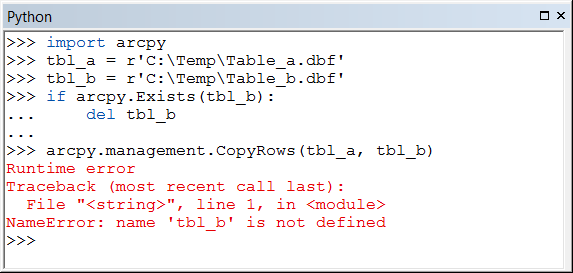

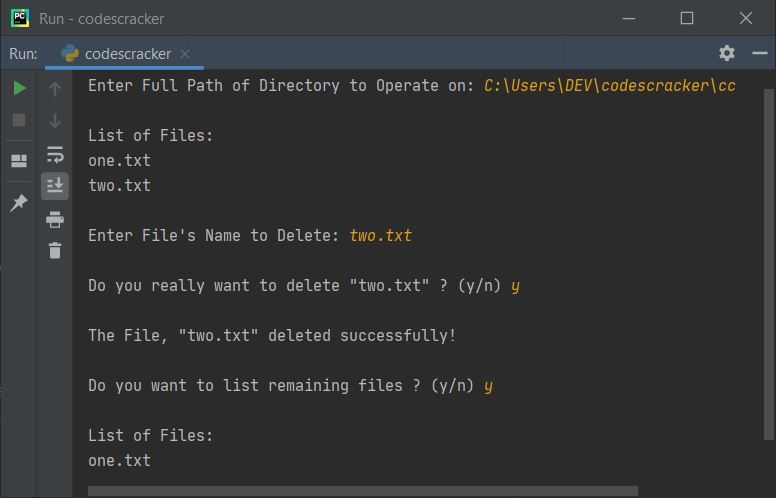
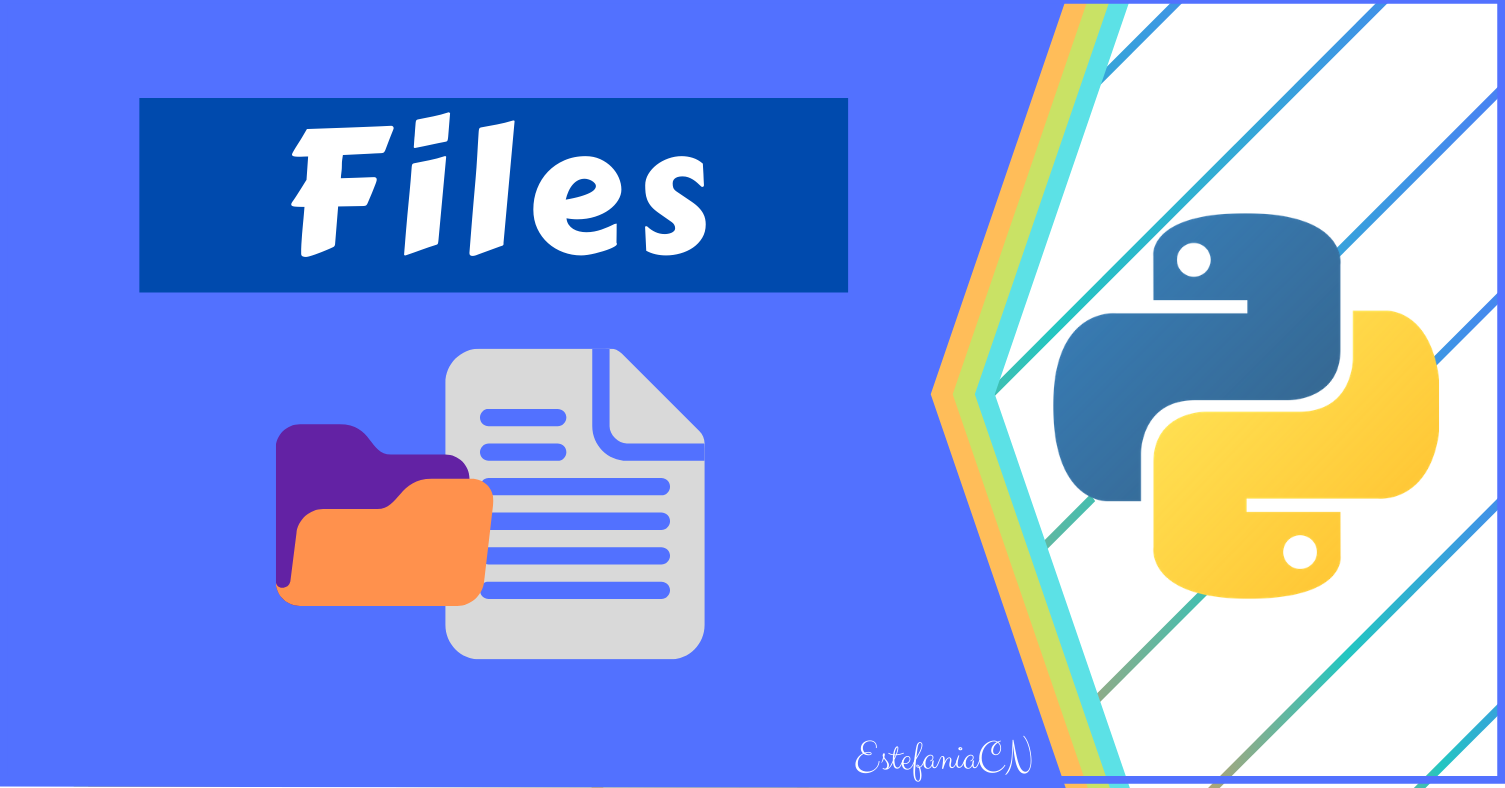

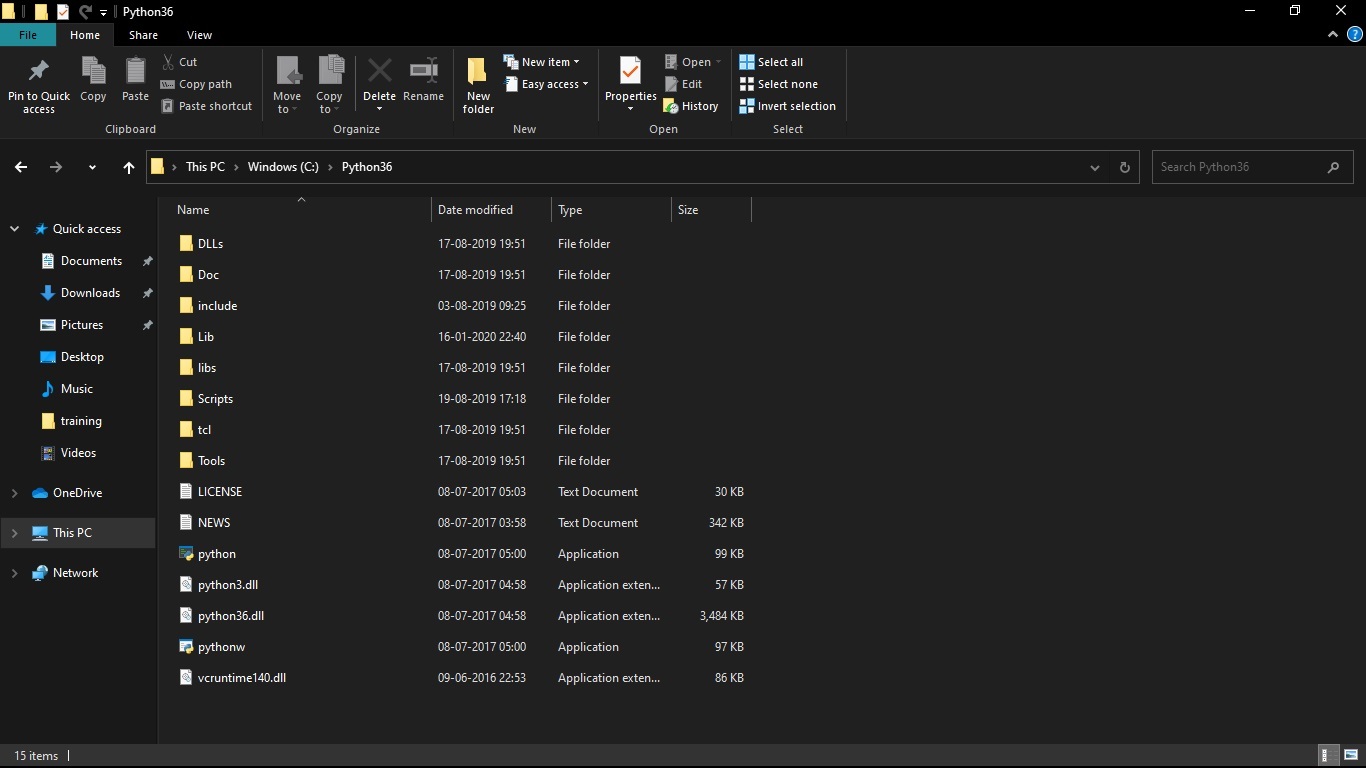


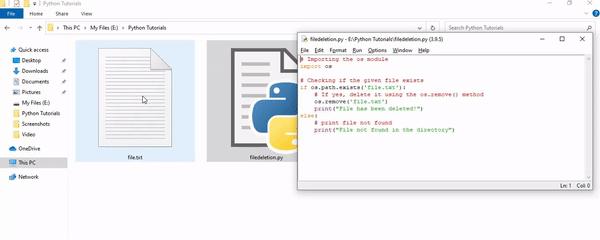

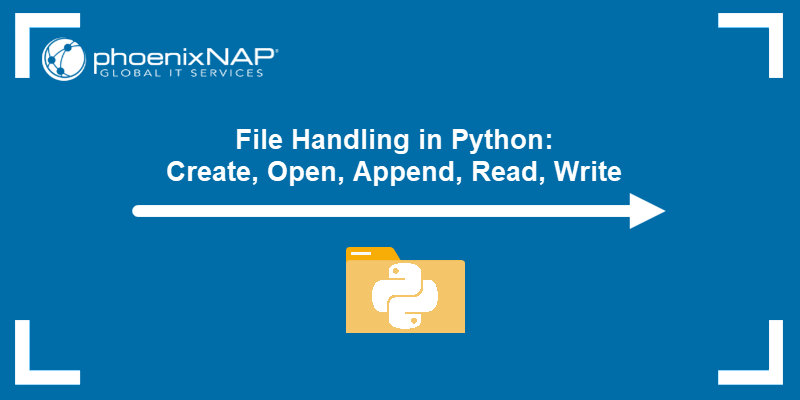


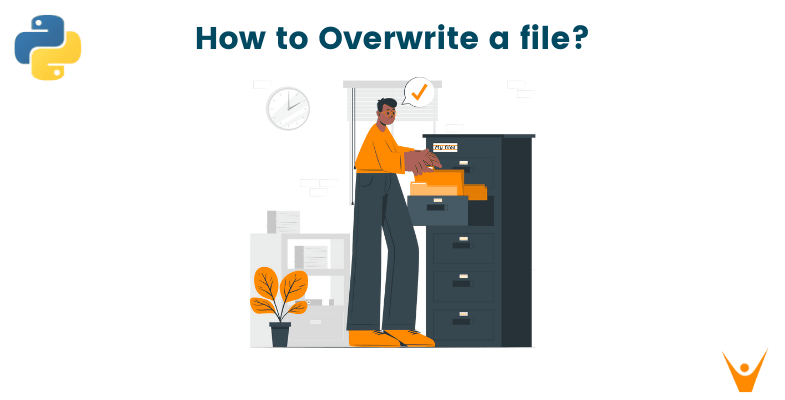
![File Handling in Python [Complete Series] – PYnative File Handling In Python [Complete Series] – Pynative](https://pynative.com/wp-content/uploads/2021/07/file_handling_in_python.png)



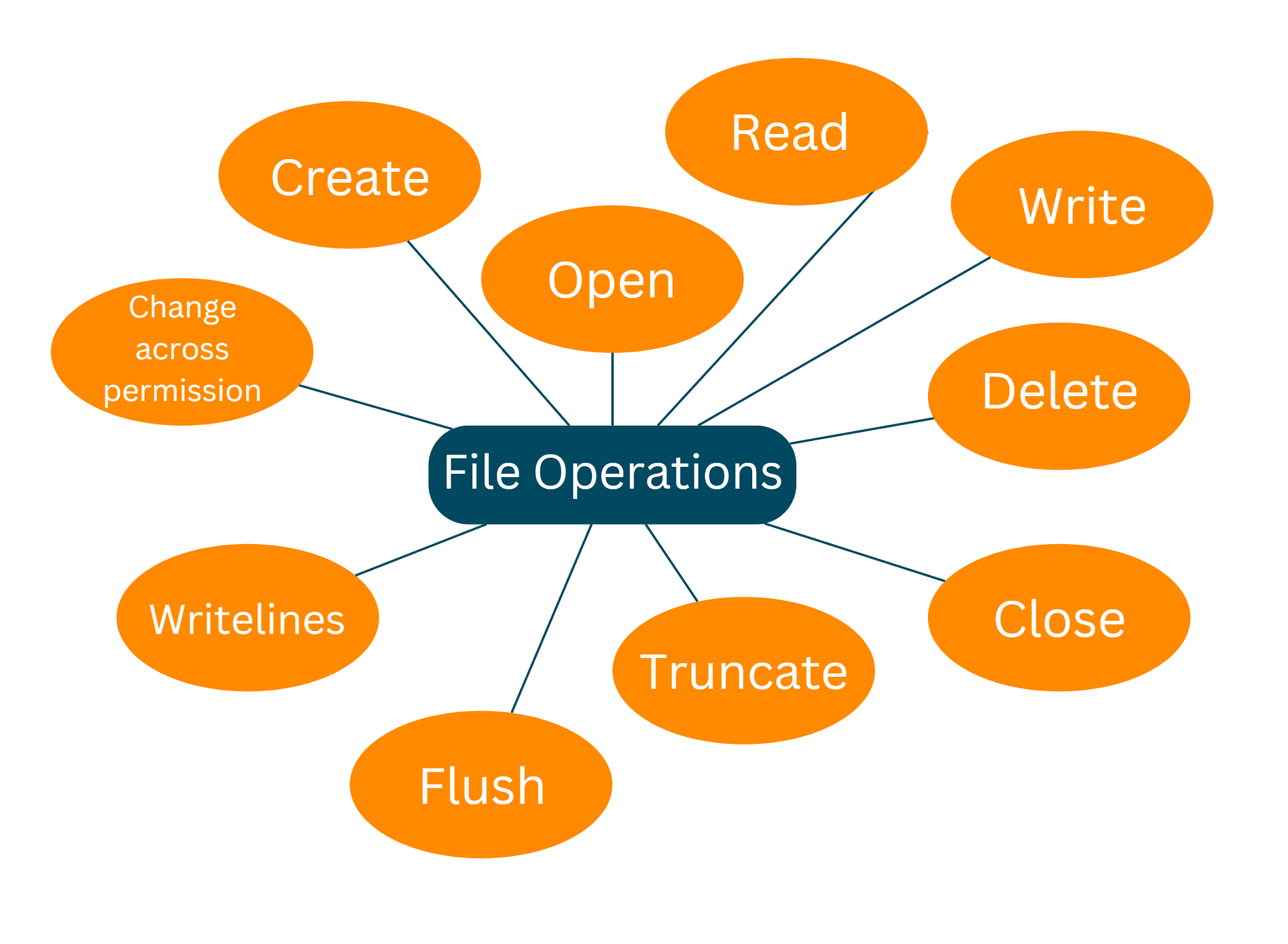
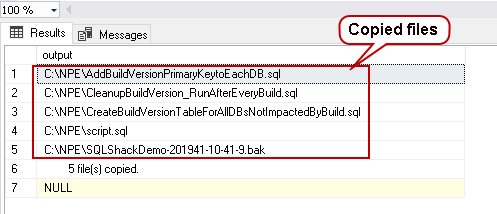




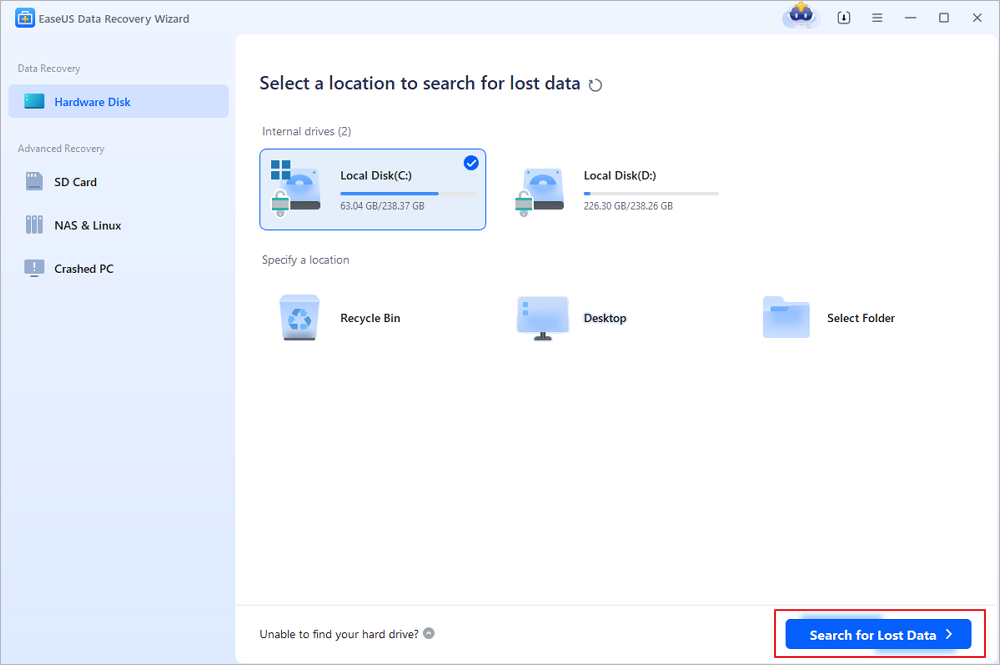
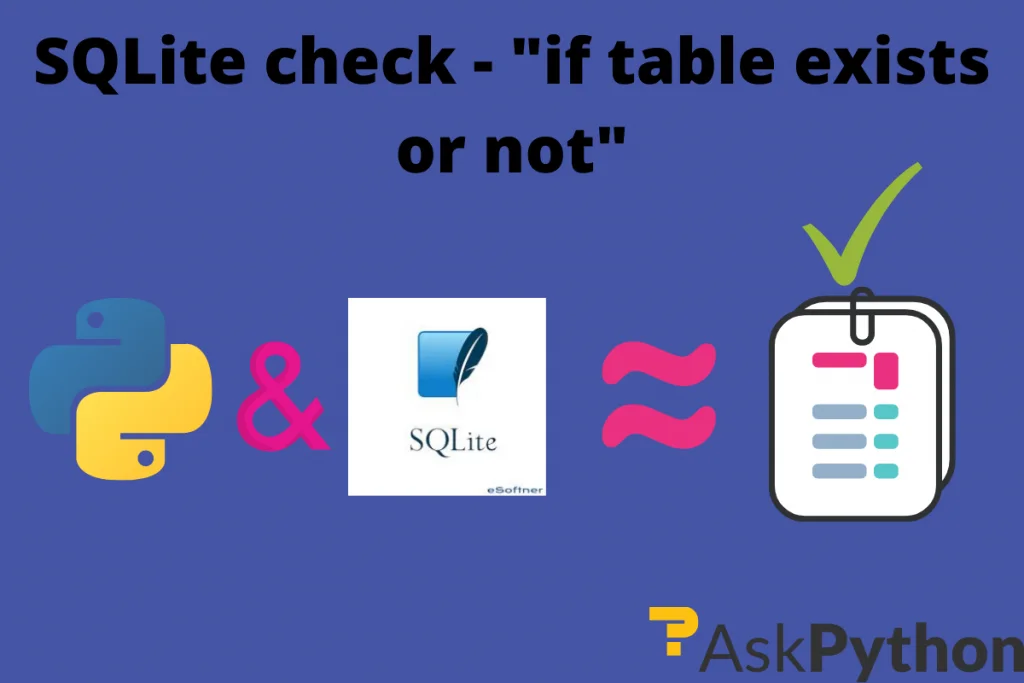


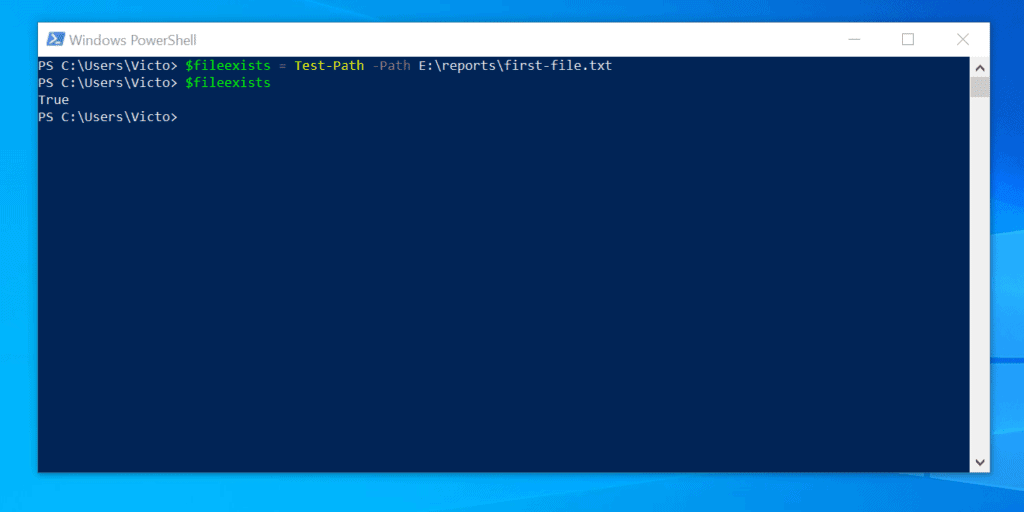




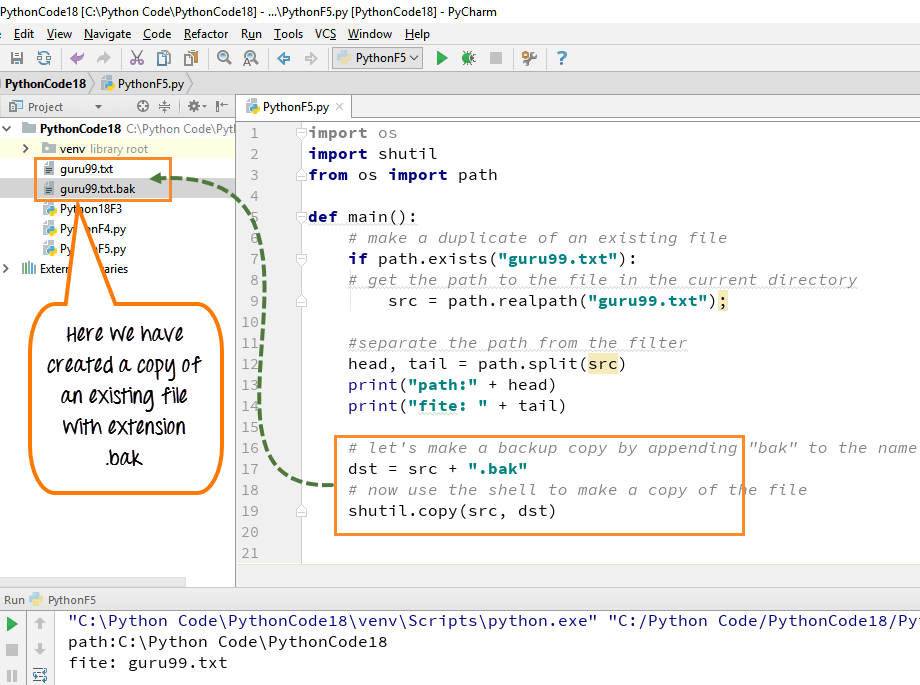





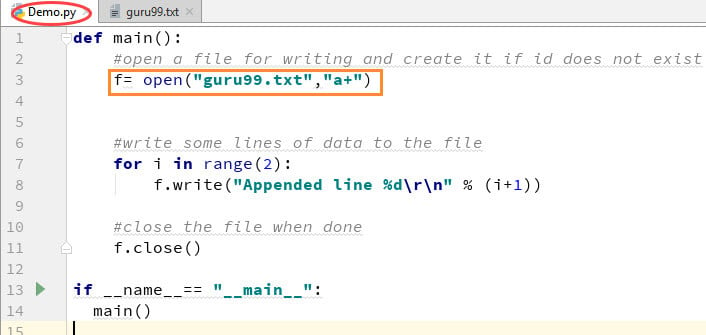

Article link: python delete file if exists.
Learn more about the topic python delete file if exists.
- Python Delete File – W3Schools
- How to Delete File If Exists in Python – AppDividend
- Most pythonic way to delete a file which may not exist
- Python : How to remove a file if exists and handle errors | os …
- Python Delete File If Exists – Linux Hint
- How can I delete a file if it exists in Python? – Gitnux Blog
- Delete File if It Exists in Python – Java2Blog
- Delete a File in Python: 5 Methods to Remove Files (with code)
- Python remove file – How to delete a file? | Flexiple Tutorials
- How to delete a file in Python
See more: nhanvietluanvan.com/luat-hoc